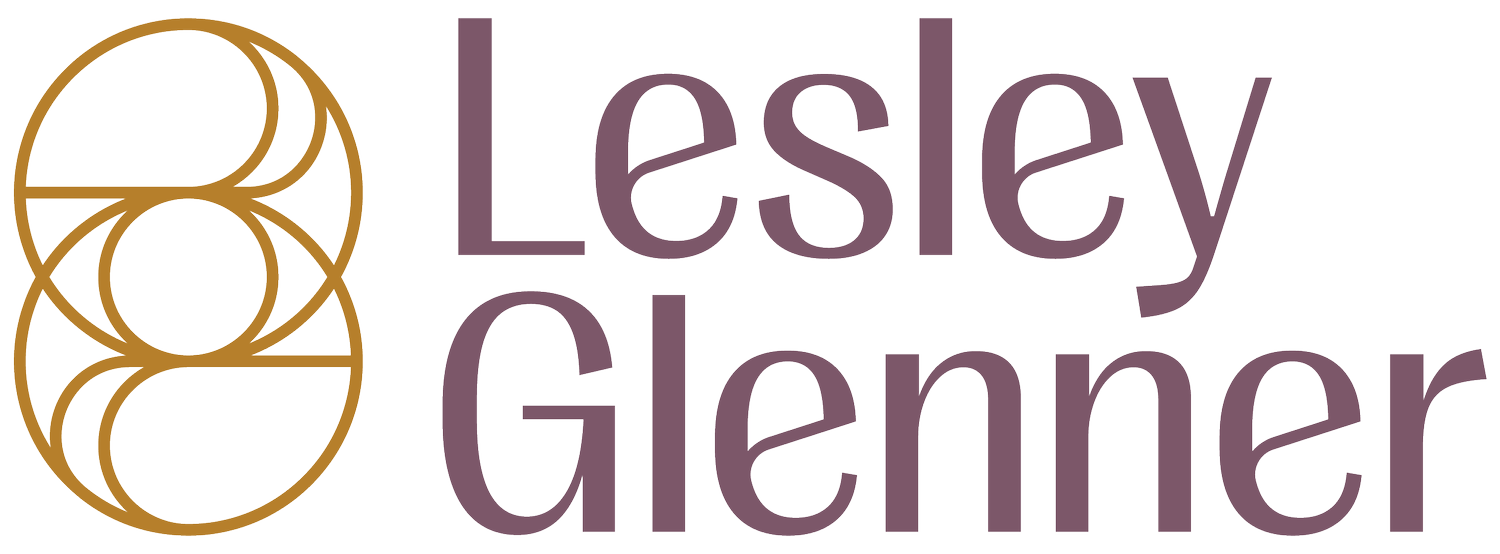Attachment: A Term Worth Revisiting
Even if you’re familiar with the term “Attachment,” it’s probably worth revisiting.
Are we on the same page about attachment? Would it shock you to know that as a therapist it matters not to me if you’re co-sleeping, how long you’re planning to breastfeed, or whether you’re using a sling?
What matters far more to me is how you respond to what’s happening around you — the relational injuries you face and your behavioral patterns within emotionally intimate relationships.
When you have a healthy relationship and feel secure with those around you, you will have an easier time enjoying emotional intimacy, transitioning from being together and separate, finding emotional honesty, and feeling quite satisfied in your relationships.
Unfortunately, secure attachment tends to be less common than insecure attachment, because generally speaking:
Insecure attachment is what we learned growing up.
We have lacked healthy role models of secure attachment.
Doing “relationship” well is challenging for anyone.
The more you know about attachment styles, the better off you’ll be when a relationship gets rocky, as any relationship does at times.
A brief review of attachment theory
Attachment theory stems from the work of British psychoanalyst John Bowlby, who researched our emotional needs from the “cradle to the grave.” He noticed that infants would cry, cling, and scan for their caregivers. He found that the bonds and relationships people developed with early attachment figures from infancy and childhood carried over into adult relationships. He identified some common patterns related to upbringing--what we now call “attachment styles.”
The four major styles of attachment are:
Secure.
Insecure: Ambivalent (Anxious-preoccupied).
Insecure: Avoidant (Dismissive-avoidant).
Insecure: Disorganized. Fearful-avoidant).
These patterns tend to stay with us throughout our lives, but we can evolve and heal as we do conscious work with them as couples and parents.
Knowing attachment patterns leads to greater attunement
Attachment patterning informs our behaviors and actions when we are challenged or triggered. Intimate partners and family members witness (and are on the receiving end of) our core wounding as no one else could. Our partners, in particular, are perfectly situated to see (and trigger us!) in our blind spots. However, once we each address our attachment patterns, we can finally start to “get” one another, to understand and have sympathy for one another.
If we know what style we gravitate toward, we have a better shot at making upleveled choices in the future when we are challenged. Clear-eyed awareness helps us stop re-enacting the past — the ways we’ve known but which may actually be maladaptive.
Identifying attachment patterns
Were your parents available, kind, understanding, patient, supportive, present, and healthy? In a perfect world, we would have all been the lucky recipients of attuned parenting. We would learn attachment perfectly through our own experiences.
More likely, though, you had parents who simply did their best. Realistically, their “best” may have been inadequate or ill-suited to the ways you uniquely wanted to receive and understanding love. Occasionally, for sure, they missed the mark. We’re all human- and fortunately we don't need to be the recipients of perfect parenting for secure attachment- good enough is sufficient here.
To achieve secure attachment now, and pass it on to our children, we must relearn what healthy relating looks like. Once we get the concept cognitively, and as embodied data we can take some shortcuts through words, tone, and timing.
Deep, profound, lasting, foundational transformation awaits for those who are willing to practice healing relational wounds. “Good enough parenting” rather than perfection is still the goal.
Lesley's virtual private therapy practice is centered on conscious parenting.
The greatest dedication in my life is to my child, Jude, who enters kindergarten this year. Additionally, after 8 years in private practice seeing both couples and individuals struggle with wounds from their own parenting and issues around raising their own children, I've found that helping clients to parent in a more conscious and securely attached manner absolutely lights me up. Following the thread of what is most alive in my personal and professional lives helped me crystalize the idea to introduce conscious parenting as the focus of my practice.
~ Lesley Glenner

